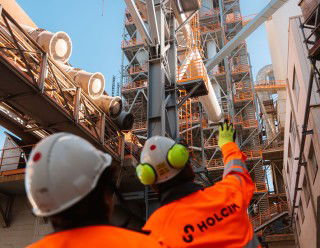Ecocem has obtained a Technical Evaluation of Products and Materials (Evaluation Technique de Produits et Matériaux, or ETPM) in the French market for ACT1, the first version of its scalable cement technology. This recognition is a key milestone in the qualification process for ACT, and represents a major step towards its large-scale deployment on French construction sites.
The ETPM, issued by the CSTB (Centre Scientifique et Technique du Bâtiment, or Scientific and Technical Centre for Building), assesses the performance and durability of innovative products or materials that do not yet fully align with existing standards. In the case of ACT1, Ecocem chose to undergo the voluntary assessment to demonstrate the technology’s qualities. The ETPM enables the certification of mechanical performance and durability of concrete made with ACT1, ensuring its compliance with Eurocodes (European structural design codes).
The assessment also enables Ecocem to lay a solid scientific and technical foundation for further upcoming evaluations in France, including the ATEx (Appréciation Technique d’Expérimentation or Experimental Technical Assessment). This verification, expected in the 2H25, will evaluate the safety and viability of using ACT1 in structural applications, such as walls, columns, beams, slabs cast in place, infrastructure projects, and shallow foundations.
Ecocem obtained a European Technical Evaluation (ETE) for ACT in early 2024, paving the way for CE marking of the technology. However, to ensure the rapid and safe implementation of its technology in France, Ecocem decided to pursue a comprehensive national assessment approach with CSTB, combining ETPM and ATEx evaluations.
Christian Clergue, Director of Product Development and Standardisation at Ecocem, commented: "To guarantee the swift deployment of our ACT technology in the French market, it was essential that Ecocem opted for the most relevant national technical assessments. This assessment provides clear evidence of ACT1’s workability, durability, safety and strength, demonstrating it is safe to use across the construction ecosystem.”
